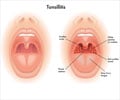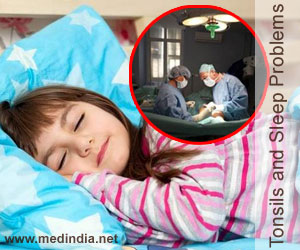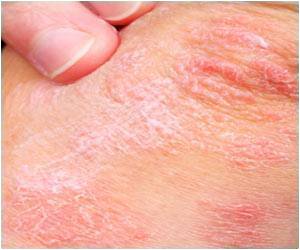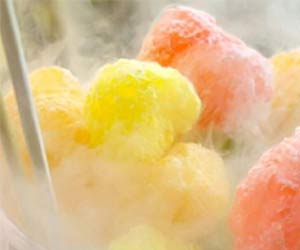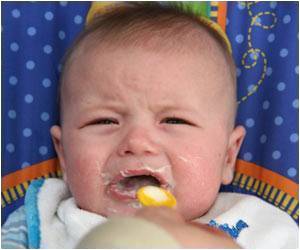
Exposure to carbon monoxide results in carboxyhaemoglobin*, which may provoke postoperative complications. Elevated carboxyhaemoglobin concentrations may also increase pain sensitivity. The investigators therefore tested the primary hypothesis that children with high preoperative carboxyhaemoglobin concentrations have more postoperative complications and pain after tonsillectomies. Secondarily they tested the hypothesis that high carboxyhaemoglobin concentrations are associated with more pain and painkiller use.
100 Turkish children scheduled for elective tonsillectomy were divided into low and high carbon monoxide exposure groups: carboxyhaemoglobin ≤3 or ≥4 g/dl. The primary outcome was complications during the seven days after surgery which included bronchospasm, laryngospasm, persistent coughing, desaturation (low blood oxygen), the need for re-intubation, low blood pressure, postoperative bleeding, and reoperation. Pain was evaluated with Wong-Baker Faces pain scales, and supplemental use of the painkiller tramadol was recorded for four hours postoperatively.
There were 36 patients in the low exposure group carboxyhemoglobin [mean 1.8 g/dl], and 64 patients were in the high exposure group [mean 6.4 g/dl]. Indoor coal-burning stoves were reported more often by families of the high than low carboxyhemoglobin children (89% versus 72%). Second-hand cigarette smoke exposure was reported by 54% of the families with children with high carboxyhaemoglobin, but only by 24% of the families of children with low carboxyhaemoglobin .
Complications were more common in patients with high carboxyhaemoglobin (47% versus 14% in the low group), with most occurring in the postanaesthesia care unit. Pain scores in the postanaesthesia care unit and one hour after surgery were significantly lower in the low exposure group. Similarly, tramadol use was lower in the low-exposure group at both 4 hours (3.5 vs. 6.0 mg) and 24 hours (3.5 vs. 6.0 mg).
The authors conclude: "Children exposed to substantial environmental carbon monoxide have more complications and more pain after general anaesthesia than less exposed children."
Advertisement

